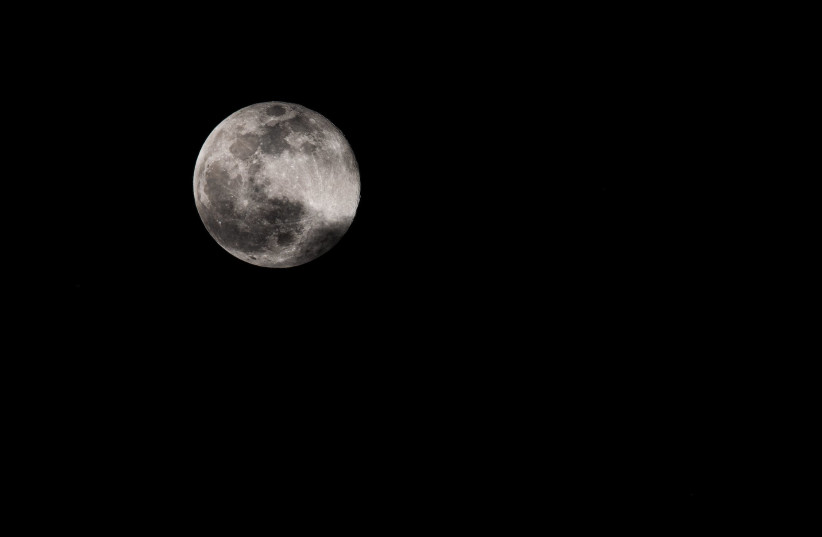China’s Yutu-2 rover has discovered a network of hidden passages under the surface of the dark side of the moon, according to a study published earlier this month.
The peer-reviewed article, published in the Geophysical Research: Planets journal, recounts the rover’s discovery and what this could mean for the future of the moon.
The Yutu-2 rover made the long voyage to the moon, in 2018, aboard the Chang’e-4 craft.
How did the Yutu-2 make the discovery?
The Yutu-2 is able to send radio signals that penetrate through the moon’s surface using LPR equipment.
“Then, it listens to the echoes dancing back," author Jianqing Feng, an astrogeological researcher at the Planetary Science Institute, told Live Science.
Once the “echoes” are collected, scientists are able to piece together where the radio waves bounced off underground structures, similar to the way bats use echo-location.

This is the first time scientists have used LPR to penetrate beyond the first 40 meters of the moon’s surface.
What did the LPR actually find?
The newly collected data has provided evidence that the moon’s surface is made up of layers of broken rocks, and hidden within these rocks are five layers of luna lava. It is believed this lava was produced by large structures, like asteroids, hitting the moon; this is also how it is believed the moon developed its craters.
Some scientists believe that the moon was once part of the Earth but was separated when an object slammed into the planet 4.51 billion years ago. It is believed that the impact resulted in a series of cracks which, in turn, led to a series of volcanic explosions as the magma leaked out onto the surface of the moon.
"[The moon] was slowly cooling down and running out of steam in its later volcanic stage," Feng said. "Its energy became weak over time."
Despite scientists generally conceding that the moon’s volcanic activity ended approximately 1 billion years ago, Feng believes that there could still be some magma left.
